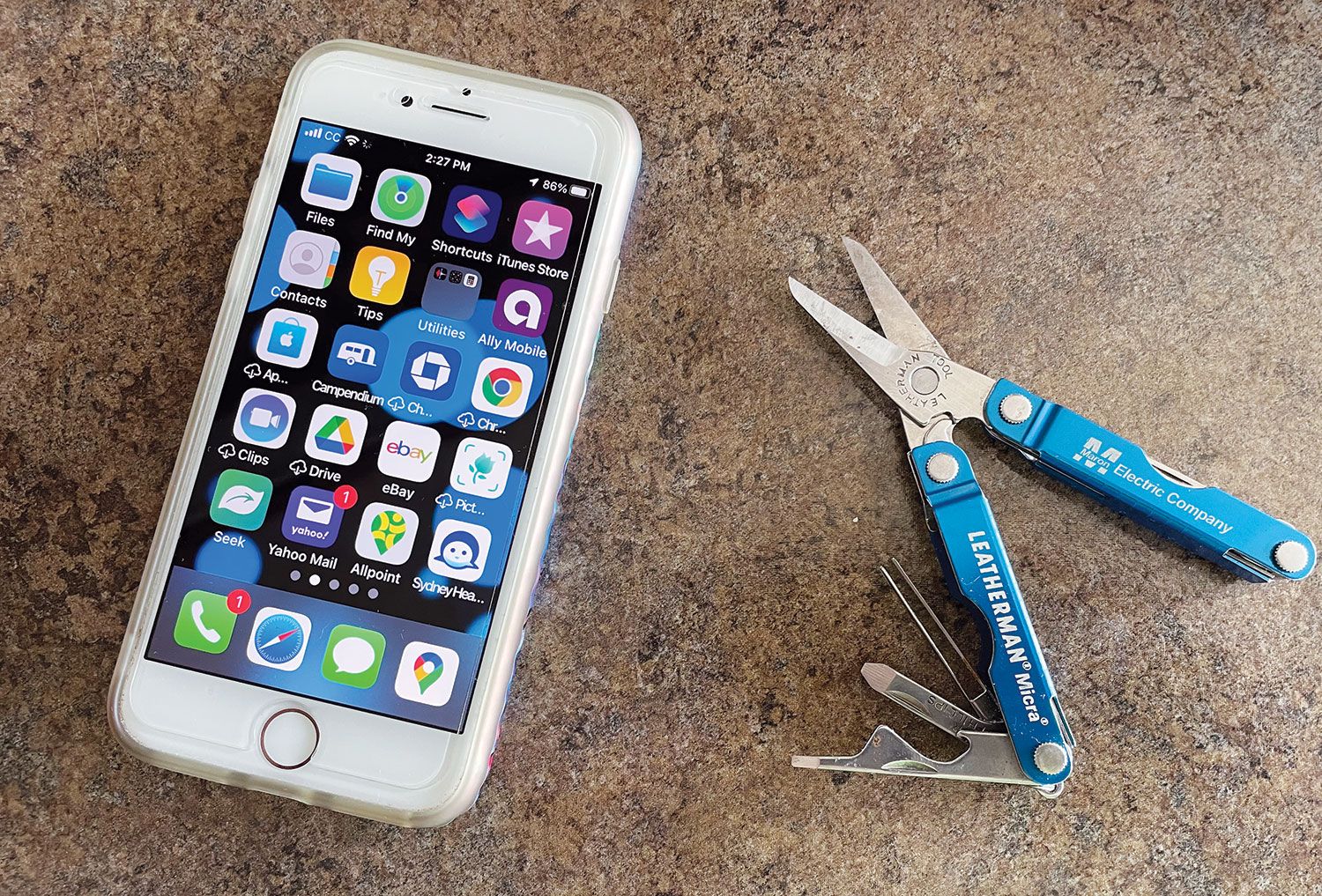
I am going to describe the best multi-tool you can own for your homebuilt aircraft—whether flying or building. In the “old” days, a multi-tool might have been a combination screwdriver-knife-tweezers-and-more that could fit in your pocket. Today’s version will still fit in your pocket. However, the number of tools included in this device will fill a tool chest.
The device I am talking about is the everyday smartphone. Not the one you carry in your pocket to make phone calls and check your eBay listings. Rather, this one, almost identical to the one you already carry, is dedicated to and stored in your aircraft. If your first thought is that there is no way you can justify purchasing another expensive smartphone just for your aircraft, then please consider the following.
Every month, thousands of people upgrade their personal smartphones and abandon their old ones. These older models find their way to the used market where they can be purchased for a mere fraction of the original cost. You can find top-of-the-line, four-year-old smartphones on eBay and similar outlets for as little as $100. You do not need a data plan or SIM card—just the smartphone itself. Even without an active SIM card and phone number, this phone can send and receive messages, browse the internet, use Google Maps, play videos, play movies and run thousands of apps using a free Wi-Fi network. Having an alternate smartphone that won’t incur monthly charges means you can put it to use for serving your aircraft needs.
Here are a few of the “tools” that a dedicated smartphone without a cell plan can provide to the pilot of a homebuilt. This smartphone should be kept on board the aircraft at all times and never be used for tasks not related to aircraft activities. Label it appropriately, and keep it with the aircraft’s critical documents.
Pilot Logging
I hate entering written details about each flight in a logbook every time I fly. Sometimes I forget to record anything and later I cannot remember the details of when, where, and how far I flew. This always comes back to bite me later as I try to recreate the details. We need to keep track of our flying time! However, using a smartphone, this task becomes somewhat fun. Making a 30-second video showing the aircraft panel allows me to document the Hobbs time, fuel level, as well as recording where I am going and other pertinent flight information. Details of the weather expected toward my destination and other information about aircraft condition and the purpose of the flight (pancakes!) is permanently recorded in my own voice. Another video can be made after landing to document any flight issues.
These short videos are saved in their own folder marked “Pilot Logs” on the phone. A wealth of audio and visual detail is now available for future review with minimal effort. You can always transpose the pertinent information to the written logbook at your leisure. This pilot logging can include a short presentation from your passengers and their reaction or comments to the flight. Because you can capture your panel with a picture before engine shutdown, you have a record of your fuel level, temperatures, flight time and many other panel readouts. This will prove beneficial someday when diagnosing problems.
Maintenance Records
A set of pictures or videos should be recorded for all maintenance performed on your aircraft. In addition to the Hobbs hour readout on the panel, a statement from you about the oil change, spark plug condition and all other adjustments can be described and shown on video for the record. Every picture and video has a date stamp recorded by the phone—so no worry if you forget to mention these details! By filming the oil containers and filters, there is no question to exactly what was used to perform the service. For tire changes, you can show the tread and the replacement brand and sizes installed. The myriad of repair/adjustment/alteration issues that an aircraft is subjected to is best done in your own words with a video. All of this can be transposed to written record someday when the need arises.
Database of Critical Information
When traveling to remote locations, it is always best to be prepared for the unexpected. I keep photos (in a separate folder) of my driver’s license, credit cards and pilot certificate on this smartphone. You can forget or lose your wallet and still be in good shape with photos of these documents. Most late model smartphones have a tremendously safe security mechanism against unwanted access. Let’s not forget the myriad of manuals for all of that high-tech equipment on board your aircraft. These are usually available in PDF format, so they can all be kept digitally on this device for quick reference.
Backup Navigation
Remember that this dedicated aircraft smartphone can store a full complement of aviation maps by way of the many apps designed for this purpose. Full access to weather information is there, too. Of course, Wi-Fi will be needed for these capabilities, but this should not be a problem at most airports. A hotspot provided by your primary smartphone can provide the Wi-Fi signal as needed. There are all sorts of apps that can make your phone an AHRS-capable backup for your primary panel.
All the Rest
Don’t forget that a modern smartphone does a pretty good job for working as a camera, flashlight, email system, web browser, Facebook posting platform and much more. While Wi-Fi may be needed for some of these—a cell plan or SIM card is not required. Many apps provide for emergency communication via Wi-Fi if you lose your phone.
Aside from the ability to take pictures of the wonderful places you travel, the smartphone is the multi-tool that no Experimental aircraft should be without. This should be a dedicated device that is only used for aviation-related tasks and kept onboard at all times. For me it was a way to stop losing valuable information because I refused to write things down every time I flew. But it is easy and fun to get used to talking to yourself into the smartphone about what is going on, where you’re going and recording what the destination looks like. Months and years later, a grand video record of your flights will be available for all to enjoy. Plane and Simple!







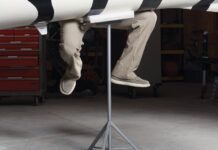
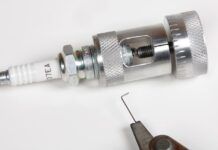
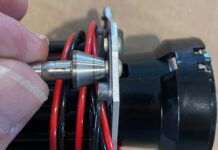
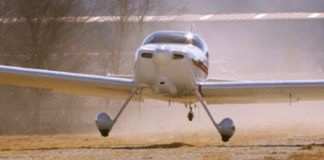
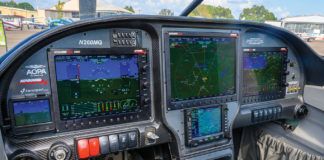
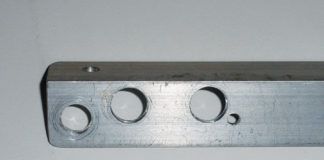
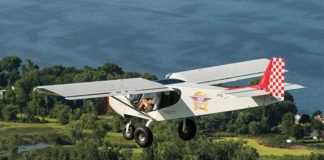
Just finished reading this “smartphone” article in the magazine. One of the most creative ideas I’ve seen in a while, and unexpected. Most of us have been using our iPhones for these functions for a while, but I didn’t consider buying an old one that was dedicated to the aircraft. Interesting idea. Thanks.
Only problem… batteries…. They need to be replaced at more cost than the value of the phone. Be very careful keeping old phones around on chargers. They can explode or catch fire. They usually give a warning of expanding. But if you don’t all ways look at it… your house can burn down.
I’ve had more than one phone do this and brand made no difference.
Thanks Richard, was planning on keeping an old cell phone with a cheap plan on charger as a hotspot at a vacation house but will rethink it to maybe bypass the battery